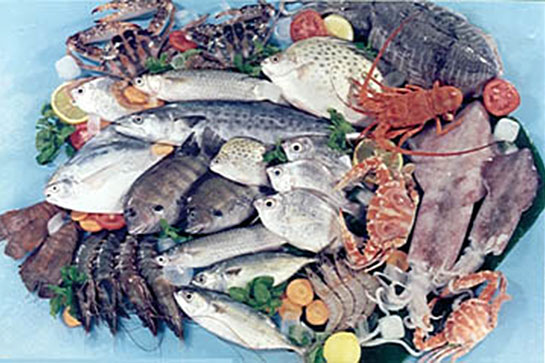Indian seafood producers are concerned that the rise in value of the rupee vis-à-vis the US dollar will negatively impact shipments to North America and other markets this year, according to a report published in the Business Standard on April 7.
“Exporters are worried over the fast strengthening of the rupee against the dollar. It has gained by about five per cent in last three to four days,” Gorachand Mohanty, president of the Odisha region of the Seafood Exporters Association of India, told the New Delhi-headquartered newspaper.
The rupee has not only bounced back against the greenback, but also reversed last year’s losses of more than 11%, hitting an eight-month high of 59.57 per one US dollar on April 2. But two days later it fell to its lowest level in a week, closing at 60.17. On April 8 the exchange rate was pegged at 60.09 rupees to the dollar.

Raghuram G. Rajan, governor of the Reserve Bank of India, warned on April 2 that should the rupee gain in value to 45 or 50 per US dollar, exports could well be hit.
Indian shrimp producers enjoyed a boom in export volume and value last year, thanks in no small part to the fall in aquaculture production in countries where crops were hard-hit by Early Mortality Syndrome (EMS) disease, coupled with the US Government’s lifting of countervailing duties that had been imposed on exporters.
According to figures released by India’s Marine Products Export Development Authority (MPEDA), receipts for shrimp sales abroad from April through December of 2013 skyrocketed almost 90% to Rs 14,364.45 crore. In volume and US dollar terms, tonnage tipped the scales at 229,010 valued at $2,396.30 million.
Statistics published in the United States show that India was the No. 1 exporter of shrimp to that country last year, as it absorbed 206,105,406 pounds of Indian product – well ahead of 183,875,406 pounds sourced from Thailand during 2013.
But a much colder and longer than usual winter on the US East Coast and in the Midwest slowed down restaurant traffic in those highly populated regions through the first quarter of 2014. And since the overwhelming consumption of seafood in North America takes place in restaurants, this has had a significant impact as unsold inventories are said to be piling up in coldstores.
“Prices of seafoods, including shrimp, have fallen due to declining demand from the United States,” said Gorachand Mohanty. “Better shrimp production in Thailand has added to the woes.”
The USA, with a value share of over 29%, ranked as the third largest overall buyer of Indian seafood products last year, behind Southeast Asia and the EU, according to figures compiled by the Marine Products Export Development Authority of India (MPEDA).
Meanwhile, the price of farm-raised 16-20 count shrimp reportedly fell from $18 per kilogram to about $15 by the end of this March. At the same time, 31-40 count shrimp is said to have dropped from $13 to $10 per kilogram.





